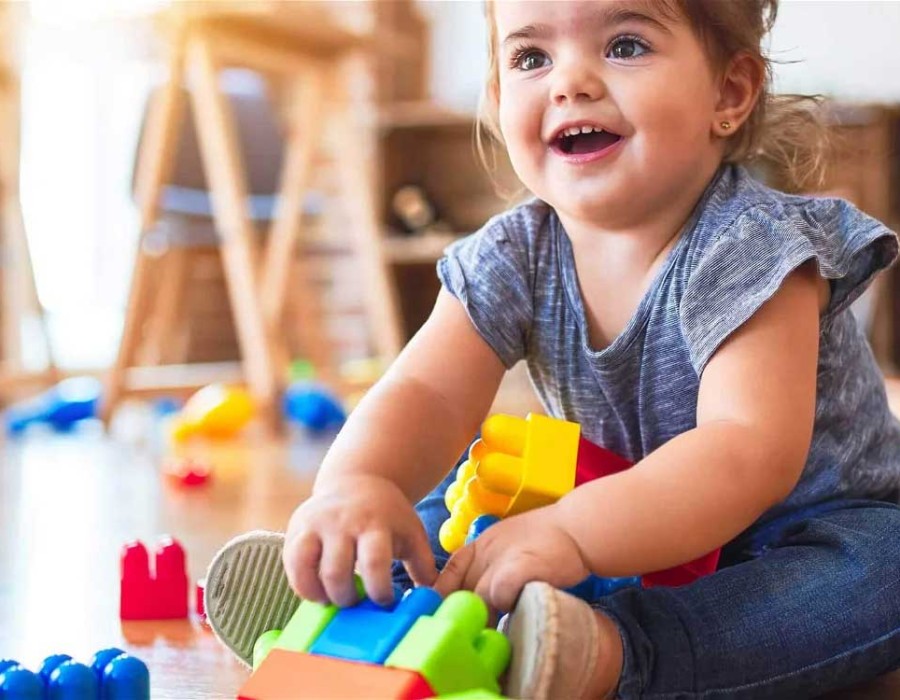Indoor soft play has become an essential part of childhood development, especially for young children in their early formative years. More than just a space to have fun, these environments are thoughtfully designed to promote physical, cognitive, and social growth. Among the many developmental benefits, soft play significantly contributes to the enhancement of both fine and gross motor skills in children.
Understanding Motor Skills in Young Children
Motor skills are divided into two main categories: fine motor skills and gross motor skills. Fine motor skills involve the use of small muscles, typically in the hands and fingers, for activities like picking up small objects, buttoning clothes, or drawing. Gross motor skills, on the other hand, require larger muscle groups and are used for actions such as running, climbing, jumping, and balancing.
During the early years of life, the development of these skills is crucial. It lays the foundation for a child’s ability to perform everyday tasks, succeed in school, and maintain physical health. That’s where indoor soft play environments come in.
How Indoor Soft Play Helps Develop Gross Motor Skills
Gross motor skills are typically the first to emerge in infants and toddlers. Soft play areas provide a safe and stimulating environment where children can explore movements such as crawling through tunnels, climbing padded structures, and jumping into ball pits.
These types of movements are essential because they help children build strength, coordination, balance, and endurance. As they navigate through different play zones, kids learn to control their bodies better and improve their spatial awareness. The freedom to move in a safe space also encourages risk-taking and experimentation, which are vital for developing self-confidence.
Activities like bouncing on soft trampolines, swinging on foam-covered bars, or sliding down ramps engage core muscles and enhance overall body control. These experiences support physical literacy, an essential component of a child’s long-term health and activity level.
Fine Motor Skills in Soft Play Environments
While fine motor development might not be the first thing that comes to mind in a soft play setting, it is still a significant aspect of play. Many indoor play spaces incorporate activities that involve gripping, twisting, pressing, and stacking. These actions help strengthen hand muscles and improve dexterity.
Interactive wall games, bead mazes, building blocks, and soft puzzle pieces are just a few examples of equipment that challenge children to use precise hand movements. As they manipulate these toys, they refine their hand-eye coordination and finger strength, both of which are essential for tasks like writing, tying shoelaces, and using utensils.
Additionally, indoor play environments often encourage cooperative play, which involves handing objects to one another or working together to build something. These interactions not only foster social development but also promote better control over hand movements in shared activities.
Safe Spaces Encourage Active Play
One of the biggest advantages of indoor soft play is the safety it provides. Padded surfaces, rounded edges, and well-designed layouts allow kids to explore freely without the high risk of injury. This safety net is crucial because it encourages children to engage in physical activities that challenge them and push their limits.
Unlike outdoor playgrounds, indoor soft play areas can be used year-round, regardless of weather conditions. This consistency ensures that children have regular opportunities to engage in movement-based play, which is critical for the continuous development of motor skills.
Moreover, the bright colors, engaging designs, and varied textures of indoor soft play equipment stimulate the senses, keeping children engaged and eager to explore. This type of immersive experience reinforces learning through play and helps children build confidence in their physical abilities.
Choosing the Right Equipment
Not all play environments are created equal. When selecting or designing an indoor soft play area, it’s important to choose high-quality, durable, and developmentally appropriate equipment. This is where specialized suppliers come into the picture.
Whether you're outfitting a preschool, daycare, or community center, partnering with a trusted source for Kid Indoor Play Equipment ensures that the space is both safe and enriching for young users. The right equipment makes a huge difference in encouraging active engagement and supporting motor skill development.
For those seeking engaging, hands-on activities that enhance fine motor development, exploring options from an Activity Toys Manufacturer can provide a range of creative and stimulating tools. These toys are not just fun—they are also key components in a child’s developmental journey.
Maheshwari Plays: Supporting Child Development Through Play
Maheshwari Plays is a name associated with quality and innovation in the world of indoor and outdoor play. Their wide range of soft play equipment is designed with children’s safety and development in mind. Every product reflects a deep understanding of what children need to grow physically and mentally through play.
Their offerings go beyond entertainment by actively contributing to children's developmental milestones. With a focus on creativity, safety, and durability, Maheshwari Plays continues to support educators, parents, and caregivers in creating enriching environments where kids can thrive.
Conclusion
Indoor soft play is more than just an outlet for pent-up energy—it’s a developmental powerhouse that plays a crucial role in building fine and gross motor skills in young children. Through climbing, crawling, gripping, and stacking, kids enhance their physical abilities in a safe and stimulating environment.
By incorporating thoughtfully designed play equipment and activity toys, caregivers and educators can create spaces that encourage movement, imagination, and learning. With partners like Maheshwari Plays, it’s easier than ever to build play environments that truly support the growth of healthy, active, and capable children.





Comments